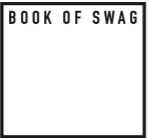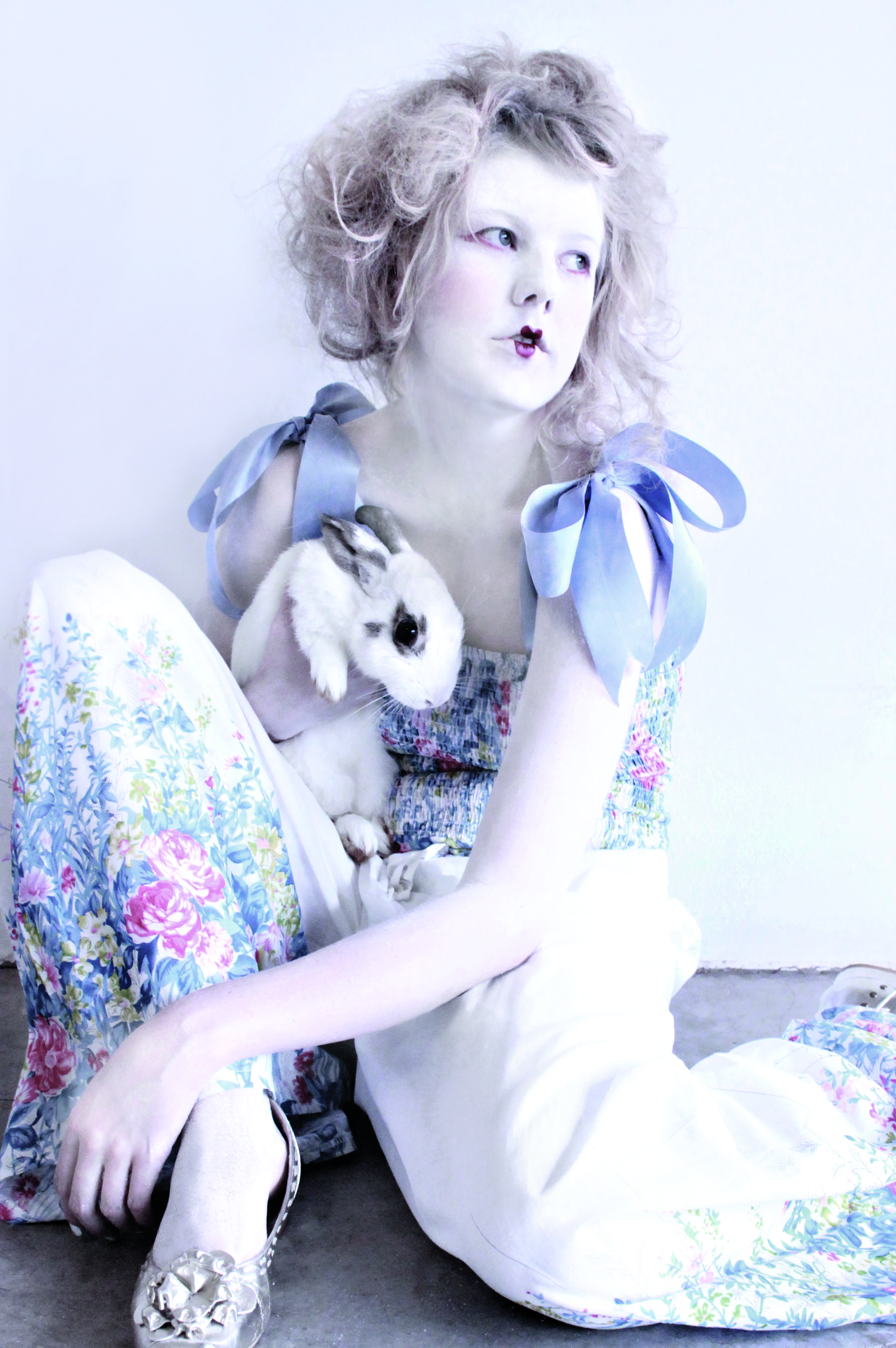#DesignWednesday is a new Book Of Swag initiative, with an emphasis on the multi-disciplined Art world from a designer’s point of view, revealing designs and designers, young and old, old and new etc…
First on the cards is the Award winning designer Rea Willemse and here is a QnA with Rea. #DesignWednesday
What does a designer do?
Today, designers across different disciplines combine artistic thinking, science thinking as well as strategic business thinking in order to channel an astute understanding of customer needs. A designer plans the form, ‘look’ or workings of a specific design object and is involved in stylizing before production or implementation of that particular product. Designers also communicate essence through image, creating mutual understanding since the target audience or receiver of the message is not necessarily visually inclined. A designer turns knowledge into action by taking an innovative idea and through certain design processes, creating a tangible product via sketches or prototypes. The designer’s work is certainly not limited to the printed page. The current information age paves the way for designers to extend their knowledge in to the digital realm, shifting their focus from creating mere products to engaging experiences. A skilled designer has the ability to convey meaningful and powerful visual messages in a variety of media, to many different people.
What qualifications do you have and how do they help you do your job?
I studied BA (Information Design) with an additional year equivalent to an Honors degree at the University of Pretoria. In my four years of studying, the degree equipped me with skills in corporate identity and communications, visual branding, editorial design, advertising and promotion, multi-media design, environmental graphics, design for development, illustration, broadcast design and Information architecture. The degree offers theoretical subjects such as marketing, art history and visual communication. Practical subjects are divided into two main categories, Information Design and Illustration. As a designer working in the Advertising industry, I feel confident in tackling projects that are more specialized in terms of execution (usually products based on an illustrative approach) as well as those that involve a broader array of media and are less intensive. The degree placed a lot of emphasis on research and creating meaningful design with the head, heart and gut aligned which helps me tremendously in judging what I think and how I feel about my own work and the work of my colleagues. We also had a subject in print production that I find invaluable as a means of creating artwork in an organized and systematic way so that the Desktop Publishing Department in our agency handles the work that I produce easily. As a student I was constantly confronted by having to present my work in front of large audiences. I now feel comfortable in talking clients through the work that I produce for them. Apart from the technical skills that I have acquired from studying I would say that the degree has taught me the responsibility I am faced with as a designer not only to create work that is honest but also purposeful.
What did you want to be when you were a child?
I was determined to become a professional pianist and give a performance at Carnegie Hall in New York. I must admit that I still daydream about it. As a child I was and still is a rigorous listener of Classical music.
Which of your personality traits makes you a good designer?
I would say that I have a natural aptitude for sustained curiosity. I think it’s important to research artists that you admire as well as alternative ways to approach the task at hand. Being able to collaborate with other individuals in sharing skills and ideas is vital to a designer. I have learnt to embrace polarities in my personality: I work in a very controlled and disciplined way, focusing on detail and aesthetics but I can also come across as scatter brained and chaotic. I would describe myself as playful yet responsible in my approach to design and also in my personal life. What I have yet to learn is how to balance all of these characteristics. Anthropologist Mihaly Csikszentmihalyi
explored the concept of suffering and enjoyment in his study of creative individuals. Working on a project for hours at a time can be frustrating, but the sense of accomplishment once it has been done is truly liberating! I guess it’s about being thorough and working with determination and perseverance.
What would be your dream assignment as a designer?
If I could cross over to a different area of design I would love to work with Production designers such as Johan Engels, building sets and designing costumes for operas like Wagner’s Tristan and Isolde or Der Ring des Nibelungen. I have always been fascinated by set design, even in animated films. I find music a very powerful accomplice to design in reaching large audiences on an emotional level.
What do you find difficult about your work?
I find it difficult to manage my time in such a way as to find a good balance between work and my personal life and also to find the time to work on personal projects. As a designer mostly working on creative executions in a late stage of the design process I would like to become more involved in the early phases of the projects that I deal with, on a conceptual level. A great piece of design work needs to be grounded by a solid idea, something that I would like to get even more involved in. I also sometimes find myself grappling with changes that a client requests. It is difficult not to be too sentimental about the work that you produce when you really love what you do. Again, finding a balance that is profitable for both the client and the designer is a huge task, but highly rewarding.
What does a typical working day look like for you?
A typical workday for me starts off by having a cup of coffee and checking my e-mail messages. I usually work on multiple projects at a time, some requiring less time and effort than others. Reviews involve checking in with senior creatives in the agency to go over specific projects that are in progress. Once a project is close to completion I present to client or hand the project over to be presented by a colleague also involved in the project. It rarely happens that I work alone on a project except if it involves intense craft such as detailed illustration. A typical workday can be quite unpredictable with different individuals in the agency requesting tasks to be completed with variable turnaround times. Amidst the chaos I always find it interesting to have a quick chat with one of my close colleagues about work or pleasure. Working late is not a problem for me as I am usually infatuated with what I am working on.
What are the things that you cannot do your job without?
I can’t do my job without my Apple iMac computer, caffeine, music, a notebook and a proper brief.
What is it about your job that gets you out of bed every day?
Sometimes I never go to bed but when I do I get out of it knowing that I will be surrounded by a group of wonderful fellow employees that share the same interests that I do. Having the opportunity to work on interesting and challenging projects on a daily basis keeps my brain alive and kicking. It is highly rewarding to see a project come to life and knowing that you were part of the process. The unpredictability of every day in the advertising industry stimulates me to create my own idea of order amidst the sometimes, chaotic nature of my day. Every day is unique with ample opportunity to lean and develop as a designer.
If you were not a designer, what would you be?
I have always been very interested in Biology as a subject. I would probably have been a microbiologist although I know that the clinical environment in which it plays itself out would have been problematic for me. I considered studying Architecture but I felt that Information Design provides a broader platform for me to later specialise in a design discipline that I am truly
interested in.
What advice do you have for someone wanting to be a designer?
I would say that if done with professionalism and enthusiasm, being a designer is very rewarding. It is important to remember to have fun and to be playful in your approach to design. Almost channeling the child within you can make you explorative in finding solutions, leading you to find multiple routes instead of being formulaic in the process of problem solving. Never stop learning. If you feel like you know it all, challenge yourself in unexpected in creative ways.
What was your first paying job?
During my matric holiday I worked at the then, Deloitte and Touche. I learnt that there is no use in denying what you love. I did not want to study a degree involving the arts, but came to realize that there was no way I would function without it. It is and will always be part of my makeup.

